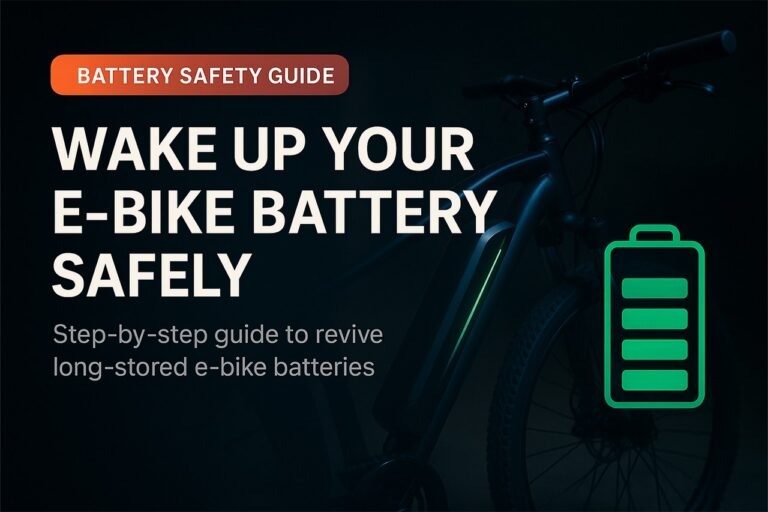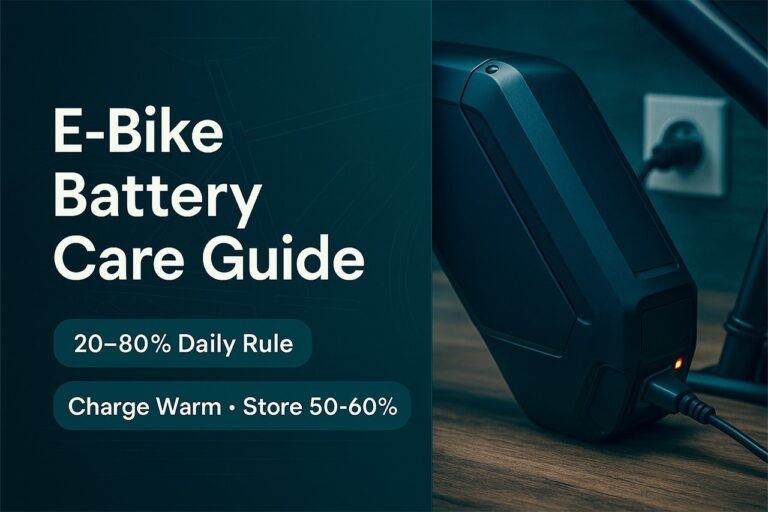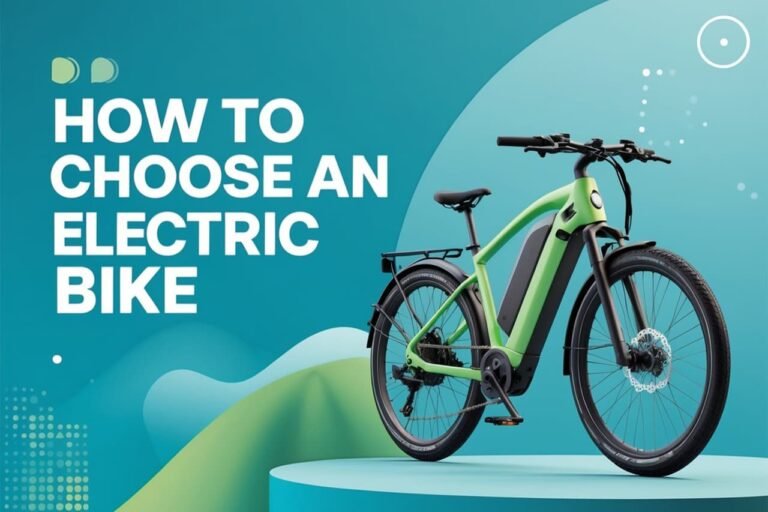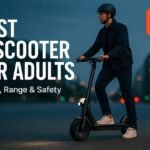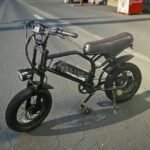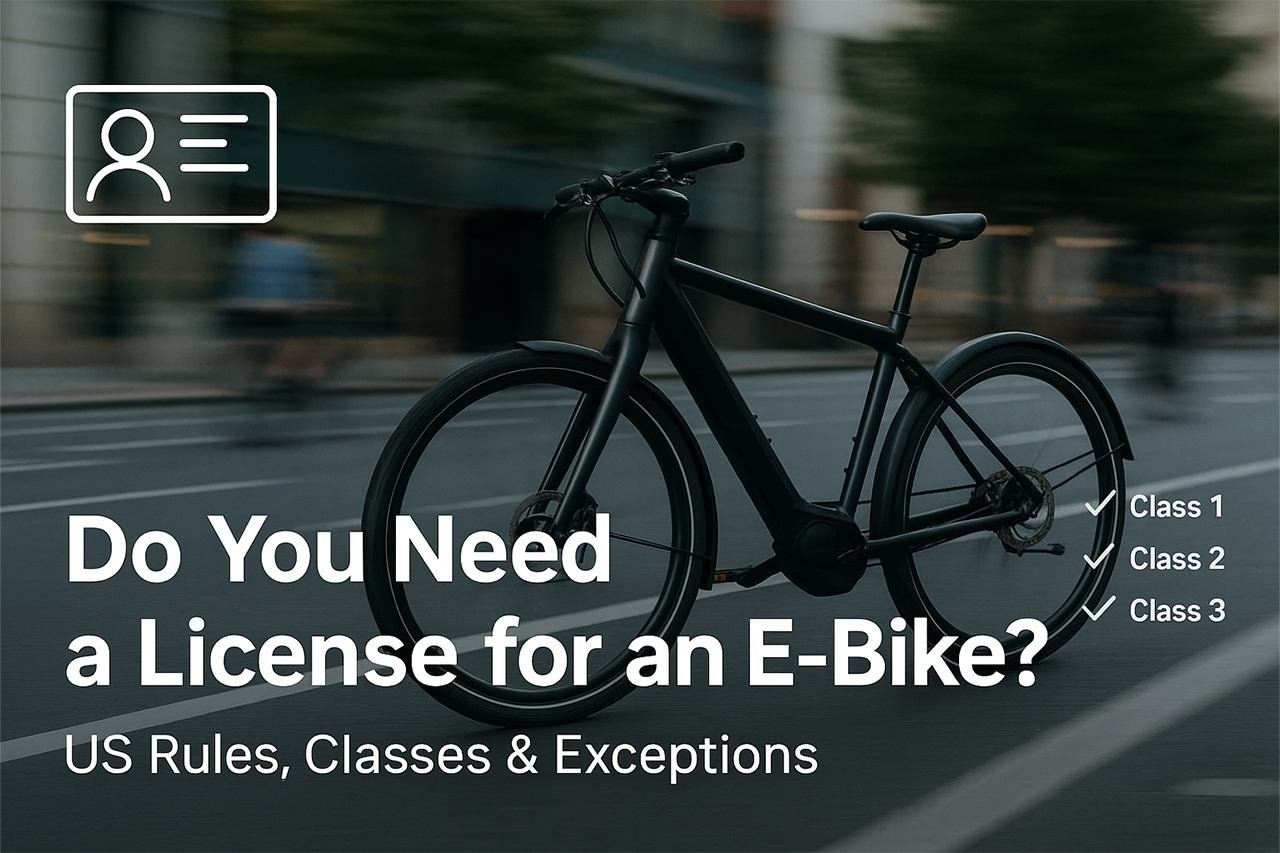
Short answer (United States):
- For a standard, low-speed electric bicycle (Class 1/2/3), you typically do not need a driver’s license in most states.
- Two big caveats:
- If the bike exceeds e-bike limits (e.g., powerful throttle-only speeds over 20 mph, no pedals, or other specs that push it into moped/motorcycle territory), a license/registration/insurance can be required under state law.
- Some places have their own rules; always check local ordinances and park regulations.
- Notable exception: Alaska still classifies e-bikes as “motor-driven cycles,” which means an operator’s license is required.
Dirt bikes:
- Off-road use (trails/parks): usually no driver’s license, but you’ll often need OHV (off-highway vehicle) registration and to follow land-manager rules.
- On-road (street-legal): if a dirt bike is converted/equipped and registered for street use, expect a motorcycle license/endorsement, plus registration and insurance.
The Essentials: How the Law Sees E-Bikes
1) The Federal Baseline (What Counts as an E-Bike)
U.S. federal rules define a low-speed electric bicycle as a 2–3-wheeled vehicle with fully operable pedals and a motor under 750 W whose top speed under motor-only power is under 20 mph with a 170-lb rider. These products fall under consumer product safety rules, not motor-vehicle rules.
Why this matters: If your bike matches this definition (and your state adopts similar standards), there’s usually no licensing—you follow bicycle rules instead of motorcycle rules.
2) The Three-Class System Most States Use
Many states follow the Class 1/2/3 categories:
- Class 1: Pedal-assist only, motor cuts off at 20 mph.
- Class 2: Throttle allowed, but motor cuts at 20 mph.
- Class 3: Pedal-assist only (often no throttle), assists to 28 mph, must have a speedometer.
State statutes differ on trail access, age minimums, and whether throttles are allowed on Class 3. But the license question is straightforward in most places: no driver’s license required for Class 1/2/3. Check your state DOT or bicycle coalition page for the exact text and any local wrinkles.
When You Do Need a License for an E-Bike
You can run into license/registration requirements when your “e-bike” is legally not an e-bike anymore:
- Too fast / too powerful / no pedals
If your machine can be propelled beyond 20 mph on throttle alone, has no operable pedals, or otherwise fails the low-speed definition, many states reclassify it as a moped or motorcycle—which usually means license + registration + insurance. - Local ordinances are stricter
Some municipalities add extra requirements—permits, age limits, or designated areas. Always check your city/county pages and posted rules at parks, campuses, and boardwalks. - State exceptions
Alaska treats most e-bikes as motor-driven cycles, so an operator’s license is required statewide. - New/Upcoming legislation
States periodically update e-bike rules. If your ride/commute hinges on a borderline device (e.g., high-speed throttles), scan the latest bills or advocacy summaries for changes.
State Spotlights (Quick Reality Checks)
These highlights are illustrative—always verify local trail/park rules and any city-level ordinances.
- California: Uses the 3-class system. Class 1/2/3 e-bikes are generally treated as bicycles (no driver’s license), with access rules and helmet/age rules varying by class and location.
- New York: No driver’s license required for legal e-bikes; NYC permits e-bikes with specific speed/operation rules.
- Florida: E-bike riders are afforded bicycle rights/duties and are not subject to driver/motor-vehicle licensing, registration, or financial responsibility. Localities can regulate where you ride.
- Texas: Uses 3 classes; no driver’s license required statewide, though local authorities may add rules. Class 3 operators must be 15+.
- Hawaii: No driver’s license required, but e-bike registration is required (county-run, e.g., Honolulu).
- Alaska: License required (operator’s license) for e-bikes.
Dirt Bikes: License or Not?
Think of dirt bikes in two buckets:
1) Off-Highway Use (Trails, OHV Parks, Public Lands)
- Typically no driver’s license is required to operate a dirt bike off-highway in designated areas.
- You usually need OHV registration/sticker/permit for the bike and must follow equipment rules (spark arrestor, sound limits) and any age/oversight requirements for minors.
- Example: California requires a Green/Red sticker (through DMV) for OHV use on public lands; all OHVs on public lands must be registered or street-licensed.
2) On-Road (Street-Legal or Dual-Sport Conversions)
- If it’s street-legal, it’s treated as a motorcycle: you’ll need a motorcycle endorsement/license, registration, and insurance—plus all required equipment (DOT lighting, mirrors, horn, plate mount, etc.).
- Conversions to street-legal status are state-specific; some DMVs are stricter on former off-road VINs.
International Snapshots (UK & Canada)
- United Kingdom: If your bike meets EAPC rules (pedals, ≤ 250 W, motor cuts at 15.5 mph), no license, registration, road tax, or insurance is required. Otherwise it’s treated as a moped/motorcycle.
- Canada (example—Ontario): You generally do not need a driver’s license for a compliant e-bike (≤ 500 W, ≤ 32 km/h assist, pedals). Removing pedals makes it a motor vehicle requiring a license/insurance/registration. Age 16+ and helmet rules apply.
A Plain-English Checklist (U.S.)
Use this to quickly decide whether you’ll need a license:
- Does it have pedals you can actually use?
- Yes: keep going.
- No: you’re likely looking at a moped/motorcycle → license/registration likely.
- What’s the top speed under motor power alone?
- ≤ 20 mph (throttle-only): likely fits the federal low-speed definition.
- > 20 mph (throttle-only): likely not a low-speed e-bike → moped/motorcycle rules possible.
- Is it a Class 3 (up to 28 mph) pedal-assist?
- Usually no license, but watch age limits (often 15–16+) and where you can ride (often roads/bike lanes only; many areas restrict Class 3 on shared paths).
- Where are you riding?
- City trail/park/boardwalk/campus? Local restrictions or permits may apply.
- State/federal land (for dirt bikes/OHVs)? Expect OHV registration and land-manager rules.
- Which state are you in?
- Alaska → license required for e-bikes.
- Most other states → no license for Class 1/2/3; check age/helmet/access rules.
Mini Guide: Five Common Scenarios
- Commuter on a Class 1 e-bike (pedal-assist to 20 mph) in Florida
Treated as a bicycle; no license/registration/insurance required statewide. Watch local path rules near beaches and state parks. - Throttle e-bike (Class 2) at the beach in Texas
State law: no license. City/park districts might have signage or posted restrictions; Class 3 riders must be 15+. Yield to pedestrians. - High-power “e-moto” with no pedals capable of 45 mph
This is not a low-speed e-bike. Expect license + registration + insurance like a motorcycle. You’ll also need motorcycle-grade braking and lighting for street use. - Teen wants to ride a Class 3 to school
Many states set minimum age 15–16 for Class 3 operation and may restrict Class 3 from some shared paths. Check your state rules before buying to avoid surprises. - Weekend dirt-bike riding on public OHV trails (California example)
No driver’s license needed off-highway, but you’ll need the proper OHV sticker/registration and to meet equipment limits. Rangers do check stickers, spark arrestors, and sound.
FAQs
Do I need a license for an electric bike?
In most U.S. states, no, if it’s a Class 1/2/3 low-speed e-bike. Exceptions exist (e.g., Alaska). Local rules can also add requirements or restrict where you ride.
Do I need to register an e-bike?
Usually no in the U.S., though Hawaii (and some cities) require e-bike registration at the local level. Always check county/DOT pages.
Do I need a motorcycle license for a powerful “e-bike”?
If it exceeds low-speed e-bike limits (e.g., throttle-only above 20 mph or no pedals), it’s often classified as a moped/motorcycle → license/registration/insurance likely.
Do I need a license for a dirt bike?
- Off-road areas: generally no, but OHV registration/permits are common.
- Public streets: yes—a motorcycle endorsement plus registration/insurance if the bike is street-legal.
UK readers—do I need a license?
If your bike is an EAPC (≤ 250 W, assist cuts at 15.5 mph, has pedals), no license/tax/registration/insurance required. Otherwise, treat it like a moped/motorcycle.
Canada (Ontario)—license?
For compliant e-bikes (≤ 500 W, ≤ 32 km/h, with pedals): no driver’s license. Remove the pedals or exceed the limits and you’re into motor-vehicle rules. 16+ and helmet rules apply.
Practical Tips Before You Ride
- Check the label/specs. Many states require or encourage a permanent label showing your bike’s class, top assisted speed, and motor wattage.
- Know local trail/park rules. Shared-use paths, MTB trails, and beaches often have posted e-bike policies—don’t rely on state law alone.
- Helmet & age rules vary. Even where no license is needed, many states have helmet requirements (especially for Class 3) and minimum ages.
- Insurance is optional but wise. Auto policies usually don’t cover e-bikes; consider a specialized e-bike policy or check homeowner/renter coverage limits and exclusions.
- Don’t de-restrict. If you remove speed limiters or alter firmware, your bike may no longer qualify as an e-bike—and you can trigger license/registration requirements (and void warranties/coverage).
- Mind etiquette. Slow down around pedestrians, announce passes, and respect local speed caps on shared paths—these soft rules keep e-bikes welcome.
Quick Reference Table
| Topic | United States (most states) | Notable Exceptions | UK (Great Britain) | Canada (Ontario) |
|---|---|---|---|---|
| License for Class 1/2/3 e-bikes | Not required | Alaska requires operator’s license; some cities add local permits | Not required for EAPC (≤ 250 W; assist ≤ 15.5 mph) | Not required if ≤ 500 W, ≤ 32 km/h, pedals |
| Registration | Usually not | Hawaii and some cities require e-bike registration | Not for EAPC | Not (varies by province; check local rules) |
| Dirt bike—off-road | License usually not required; OHV registration and park rules apply | Rules vary by state/land manager | n/a | n/a |
| Dirt bike—on-road | Motorcycle license + registration + insurance | Conversion eligibility varies by state | n/a | n/a |
Final Thoughts
- If your e-bike has pedals, stays within class limits, and you’re in a typical U.S. state, you won’t need a driver’s license. Ride it like a bicycle—while following helmet/age/local path rules.
- If your machine looks and rides like a motorcycle/moped (high top speeds, throttle-only above 20 mph, or no pedals), treat it as such: expect license/registration/insurance.
- Dirt bikes are different: off-road usually no license (but OHV registration is common). On-road riding requires a motorcycle endorsement and full street-legal compliance.


